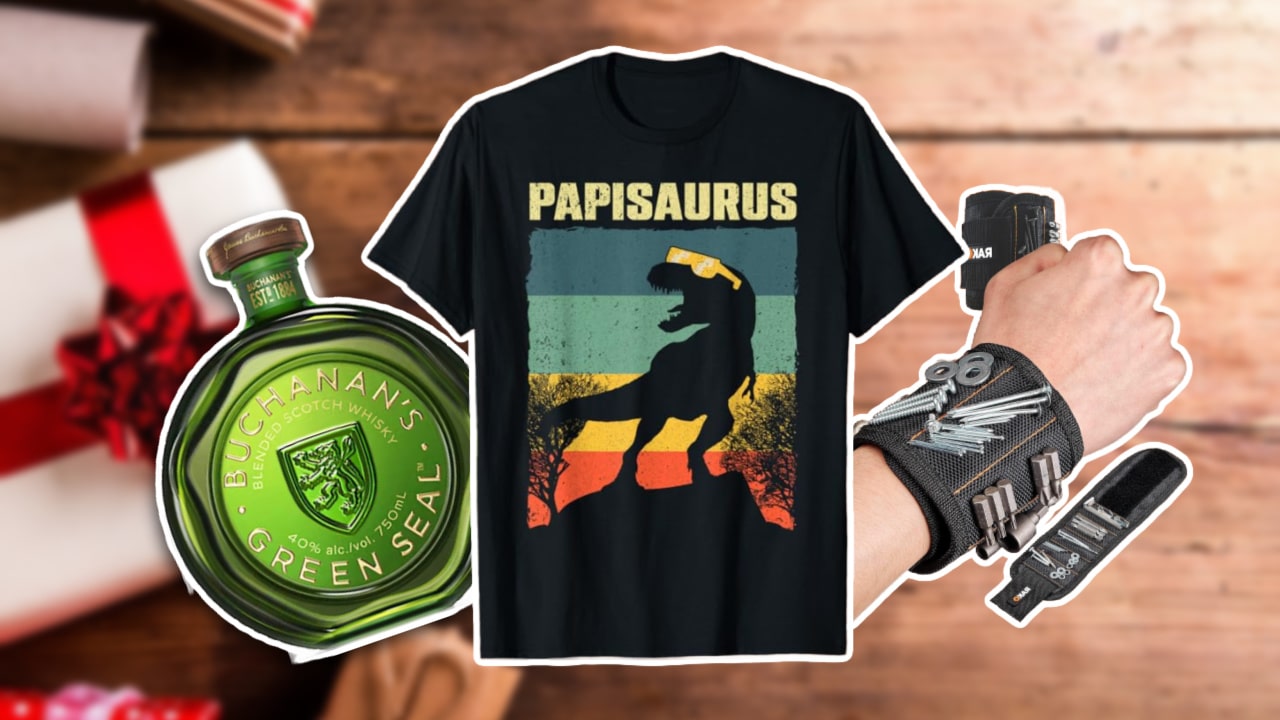Sephardic Jews Secretly Founded Monterrey — These Hanukkah Traditions are Still Celebrated in Mexico
Monterrey, Nuevo León is a sprawling city in northern Mexico with about 1.1 million residents. People know it not just for the Cerro de la Silla and other mountain ranges that surround it, but for its economic connections across the border.
In August alone, the city traded about $238 million worth of goods to the United States, according to the Mexican Economic Ministry.
The manufacturing industry has made this one of the most important cities in Mexico, behind Mexico City and Guadalajara. But it’s the people who founded the state of Nuevo Leon, and the surrounding region who may have shaped much of its identity and customs.
Current estimates say about 40,000 Jewish people live in Mexico. Over 95 percent of them are living in the capital city, but the origins of this community date back over 500 years to Northern Mexico.
As Jewish families prepare to light their menorahs on the first night of Hanukkah on December 7, we’re diving into this little-known history along the U.S.-Mexico border.
Sephardic Jews fled to New Spain fearing persecution under the crown
In the spring of 1492, the king and queen of Spain, Isabelle of Castile and Ferdinand of Aragon, issued the Alhambra Decree, also known as the Edict of Expulsion. With this, they established a Catholic empire and banished Jews from Spain and other territories under the crown.
According to local historian Ana Portnoy, the edict forced about half of the Jewish population at the time to convert to Catholicism. Many of them feared execution.
This also led to the rise of crypto-Judaism in the region. Crypto-Jews are descendants of Medieval Sephardic Jews who were expelled from Spain and Portugal after the edict. They practiced their Jewish faith in secret, while publicly identifying themselves as Catholic. Many of them fled to New Spain, now Mexico, in 1519 in search of an easier life away from the crown.
The founding governor of Monterrey, Luis Carvajal y de la Cueva left Spain back then. He publicly converted to Catholicism but, as historians now note, maintained his Jewish faith in secret. He eventually died in prison after the Inquisition found evidence of him and his family practicing Judaism. Though much of this history is not well-documented, many say he brought the region’s Sephardic Jewish population.
The influence of the community is in the customs and cuisine of Northern Mexico
In the third episode of Eva Longoria‘s “Searching for Mexico,” she visits Monterrey to try the regional dish. Longoria explains how that cabrito and the flour tortilla trace back to the Sephardic Jewish communities of the 16th century.
Some theorize the flour tortilla comes from crypto-Jews using wheat to make unleavened bread. The other dish that is thought to come from the Jewish population is cabrito, a roasted baby goat.
As Mexican chef and restaurateur Juan Ramón Cárdenas explained to Vice, the dish dates back to the first Spanish and Portuguese settlers of the 16th century. Goats thrived in the region’s hard desert and mountain environment.
The shepherds of the north, largely Sephardic Jews, switched from lamb to goat to avoid detection. “The shepherds, who would stay with their flocks for months at a time in those days, used to put the kids [baby goats] on a spit and roast them. That style became known as al pastor (in the way of the shepherd),” Cárdenas told Vice.
Sephardic and Ashkenazi Jews celebrate Hanukkah differently
With time, the Jewish population in Mexico grew. Around 1910, it’s estimated there were nearly 15,000 in the country from European migration. Then in 1921, another wave of Jewish immigrants were barred from the U.S. due to a quota, states Mexican-Jewish historian Solomon Kahan.
Now, there are about 500 practicing Jews in Monterrey. However a 2018 study found that the Sephardic Jew ancestry all over Latin America is more than previously thought. More and more Latin Americans are looking into D.N.A. testing and genealogy to reclaim a part of their Jewish identity.
According to the Tenement Museum, Sephardic Jews celebrate Hanukkah a little differently than Ashkenazi Jews. For one, they end the eight nights with a “merenda.” Essentially, this is a potluck dinner. Family members would bring food like fried cheese balls and “bumuelos.” Bumuelos are similar to buñuelos, they are fried donuts dipped in honey, for instance.




